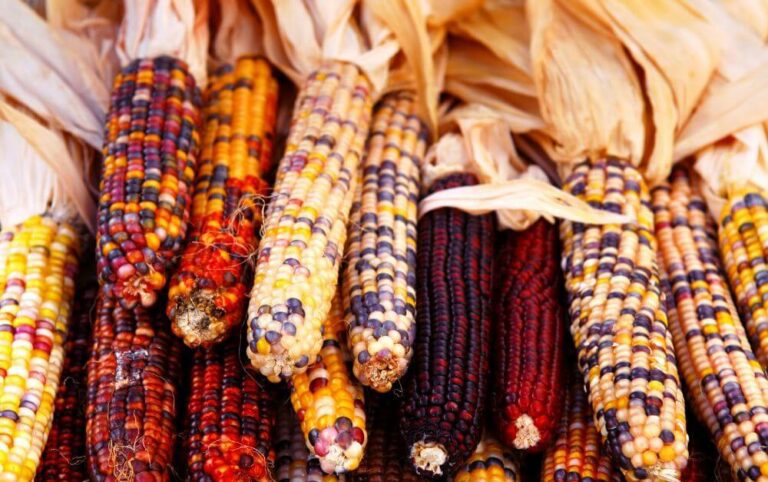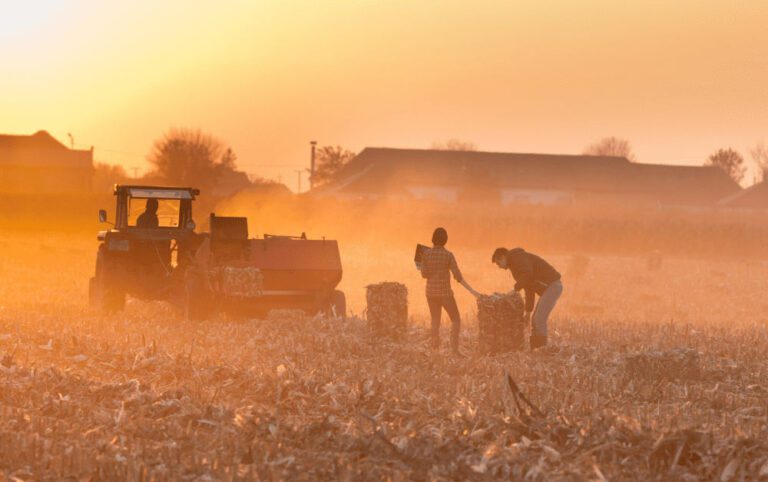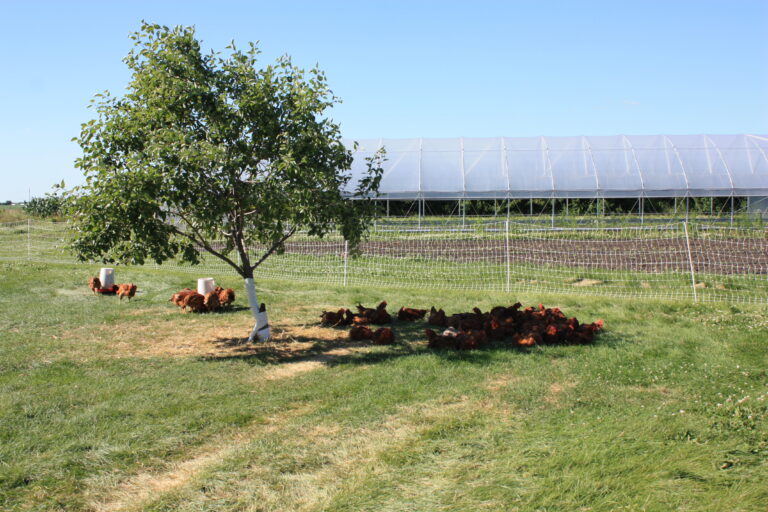On April 1, 2024, Mexico was set to follow through with its 2020 commitment to ban the toxic herbicide glyphosate (the active ingredient in Bayer’s Roundup in the USA and Faena in Mexico) by 2024. When the plan to phase out glyphosate and genetically engineered (GE) corn was originally laid out, Mexico’s government cited the purpose of the new policies as “contributing to food sovereignty and security” and the health of the Mexican people, as well as protecting native corn from contamination by GE pollen. Glyphosate is a pervasive herbicide frequently used on corn and other commodity crops, and genetically engineered corn is often modified to—among other things—be resistant to glyphosate.

News & Analysis
About every five years, the U.S. Congress passes the biggest set of food and farming policies that define the majority of federal farm, food, nutrition, and rural economic programs. At a cost of about $440 billion over five years, these programs influence: What is grown; who grows it; how it is grown or produced; what is done with those products and where they are sold; who can access and afford those goods; and how we invest in rural communities.
By supporting good legislation, opposing bad legislation, and building up a network of supporting organizations, it is our hope that we can collectively move the needle on farmworker rights in the right direction.
Watch and listen as two experienced farmers share stories and practical approaches for small-scale, diversified farms that use the principles of agroecology. This discussion may provide you with ideas that small farms where you live can adapt and thrive.
After many long days of negotiations, the U.N. Environment Programme (UNEP) made a historic move for safer food and farming by passing a resolution on highly hazardous pesticides (HHPs) that calls for action to globally phase out the use of the world’s most toxic pesticides by 2035. Tied with this resolution was the passing of a mandate for UNEP to implement this commitment by forming the Global Alliance on HHPs.
PFAS are persistent and have the potential to affect human health for many years. Some pesticides have PFAS in their formulations and others leach PFAS from their containers.
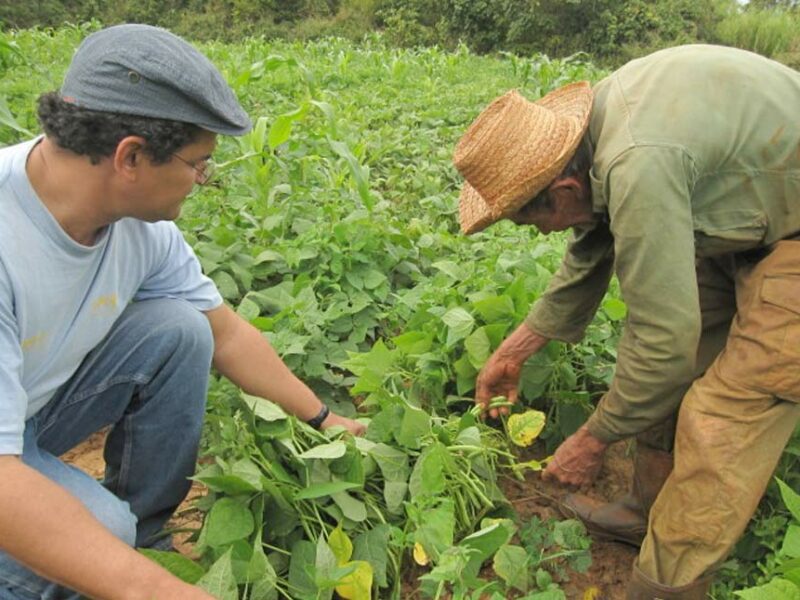
Agroecology works — citizens are proving it
October 29, 2015
How will we feed over 9 billion people by 2050, and who exactly will feed whom? One thing we do know: business as usual is not the answer. As the UN’s Food and Agriculture Organization (FAO) Director-General, José Graziano da Silva said in a speech earlier this year,
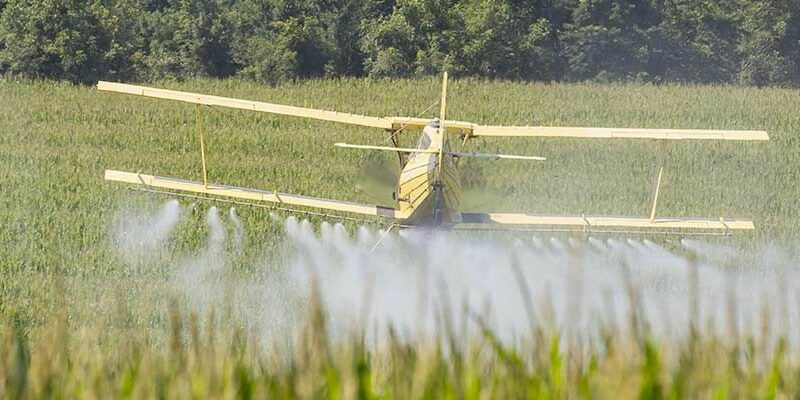
Lawsuit Challenging EPA Approval of Harmful Herbicide Advances
October 26, 2015
October 26th, 2015 Contact: Paul Towers, Pesticide Action Network, 916-216-1082, ptowers@panna.org Abigial Seiler, Center for Food Safety, 202-547-9359, pr@centerforfoodsafety.org Betsy Lopez-Wagner, Earthjustice, (415) 217-2159, blopez-wagner@earthjustice.org Lori Ann Burd, Center for Biological Diversity, 971-717-6405, LABurd@biologicaldiversity.org October 26, 2015 (OAKLAND, CA) — Late Friday, Center for Food

Guest blog: Speaking up about Iowa’s pesticide problem
October 26, 2015
Earlier this month I had the opportunity to present a workshop on pesticides at the National Environmental Health Association’s Region 4 gathering in Waterloo, Iowa. I focused in on the public health problems caused by heavy pesticide use in Iowa — and the need to shift
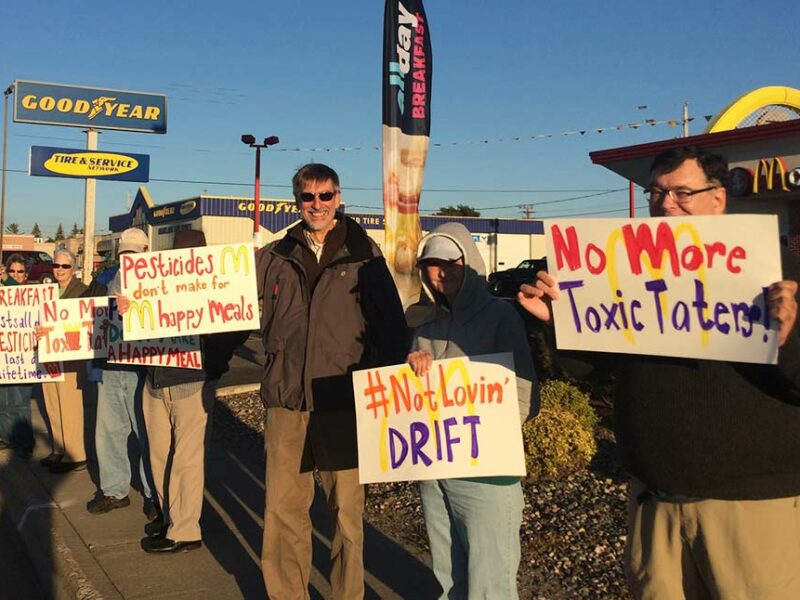
Turning up the heat on McDonald’s
October 15, 2015
Last Tuesday at lunchtime, I stood on the sidewalk outside a McDonald’s in St. Paul, facing the busy traffic on University Avenue with a colorful sign that said “Stop the Drift.” I was with a group of other supporters of the Toxic Taters Coalition: students,

Yep. What kids eat matters.
October 15, 2015
A new study in Environmental Health Perspectives confirms that when children eat organic, the levels of pesticides in their bodies — including the brain-harming variety — go down.



